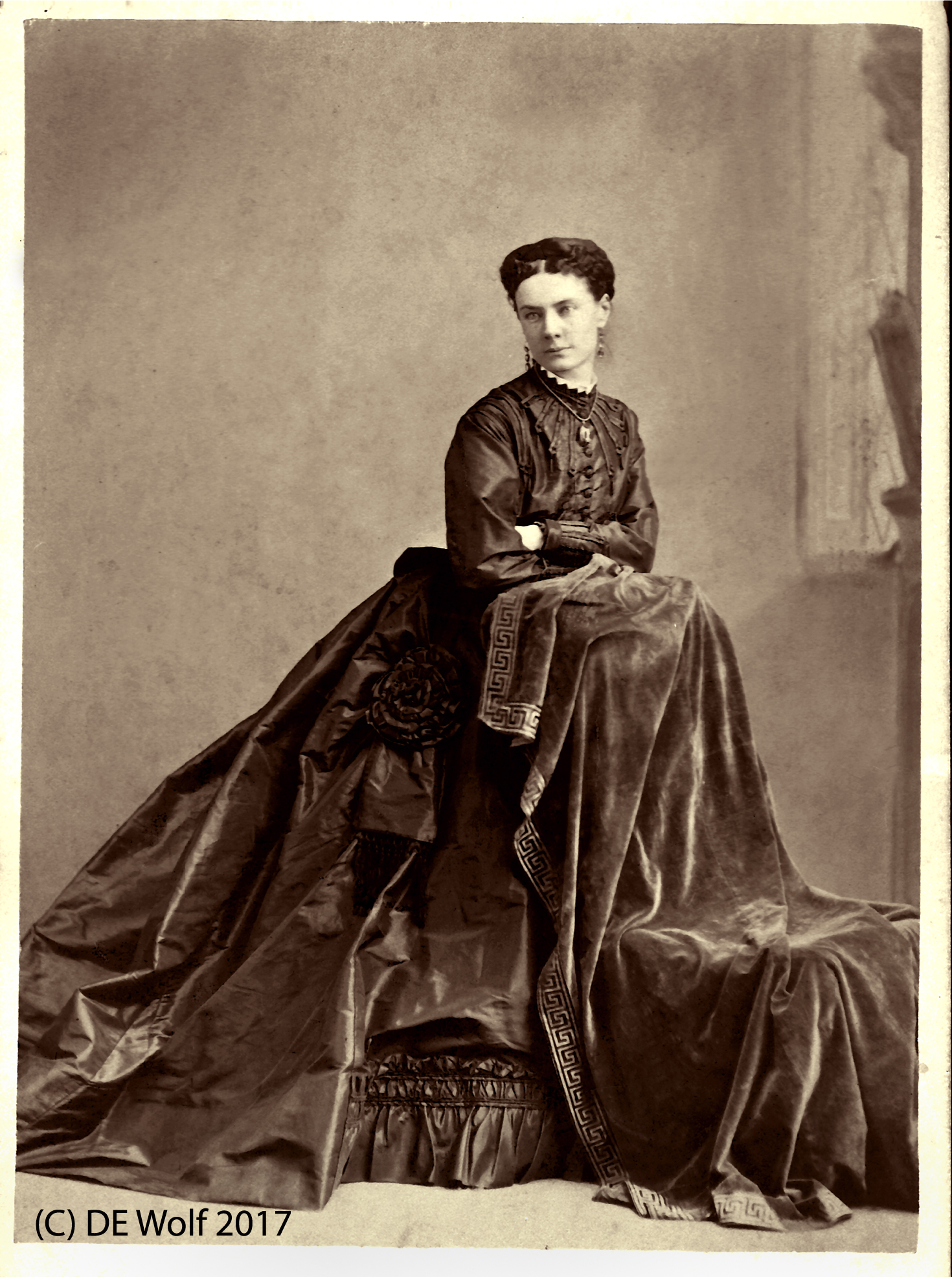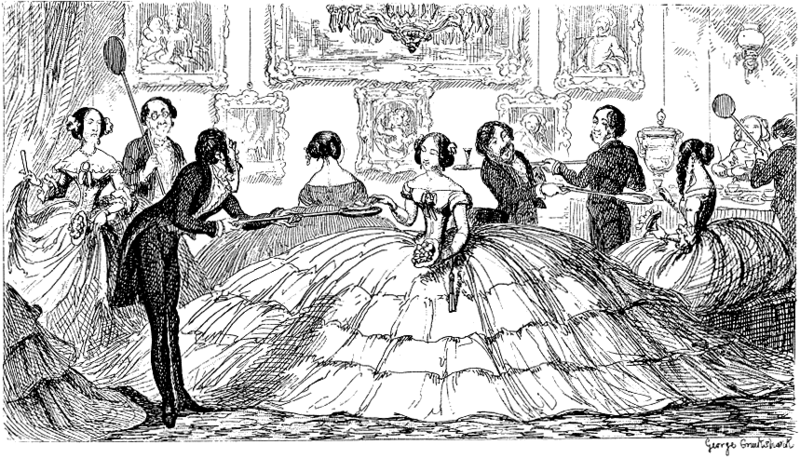I can never resist a Napoleon Sarony photograph from when women wore crinolines. I especially like the portraits of everyday people, not some contemporary celebrity. It seems just so absurd. And here in Figure 1, Sarony has made the distinction between the drape overhanging the chair and the lady’s dress almost indistinguishable. She must have loved the image in all its opulence of fabric. I hope that I have restored the image to the way it captured the lady’s eyes, which judging from the photograph were almost certainly a lovely shade of blue.
Fundamentally, crinoline dresses were dangerous. In 1858 The New York Times reported the first crinoline-related death. A young Boston woman was standing by the mantel in her parlor, when she caught fire. Within minutes she was entirely consumed by flames. At the same time there were nineteen such deaths in England over a two-month period. Saddest of all, witnesses were impeded by their own crinolines and could only watch the hapless victims die in agony.
Today we can forget about all these terribly things and laugh instead at contemporary cartoons and accounts. Figure 2 is a famous parody by George Cruikshank from 1848. If nothing else, crinolines enabled young ladies to maintain their social distance. And this much to a young man’s dismay.
In 1863, Blackwood’s Magazine published a poem entitled , “Crinoliniana,” which ended,
“I long to clasp thee to my heart
But all my longings are in vain;
I sit and sigh two yards apart,
And curse the barriers of thy train.
My fondest hopes I must resign,
I can’t get past that Crinoline!”


